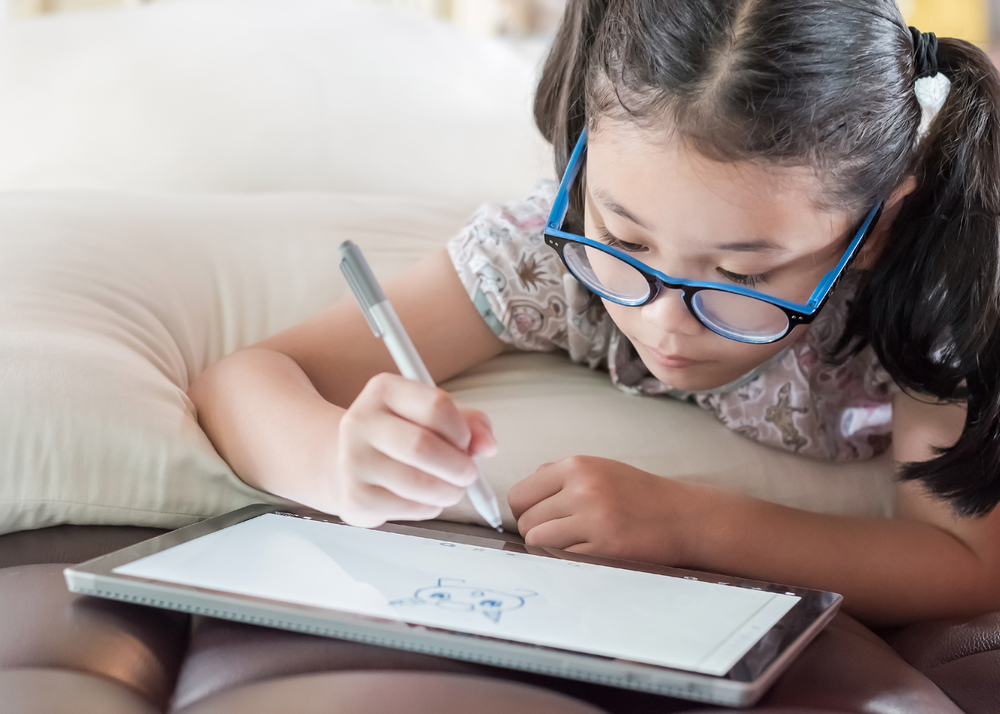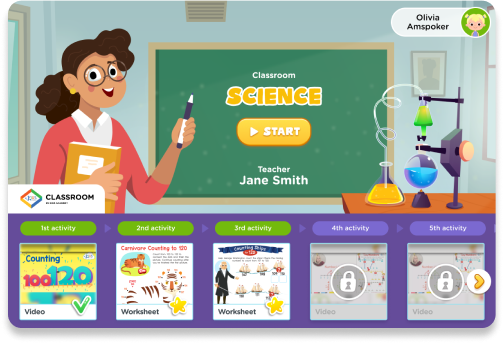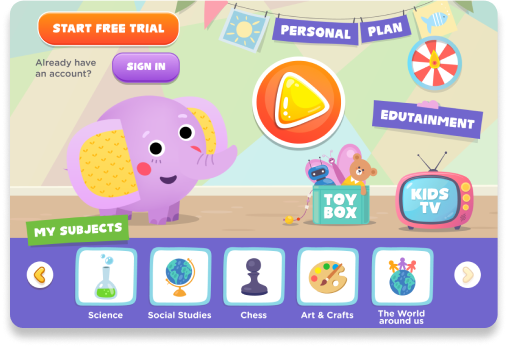Letter tracing skills Worksheets for Ages 8-9
3 filtered results
-
From - To
Enhance your child's writing abilities with our engaging Letter Tracing Skills Worksheets designed for ages 8-9. These printable resources provide an interactive way for young learners to practice handwriting, improve fine motor skills, and boost their confidence in letter formation. Each worksheet offers a variety of fun tracing activities featuring uppercase and lowercase letters, ensuring children develop a strong foundation in writing. Ideal for both classroom settings and at-home learning, our worksheets encourage creativity while reinforcing essential literacy skills. Explore our collection today and help your child become a proficient writer with enjoyable, hands-on practice!
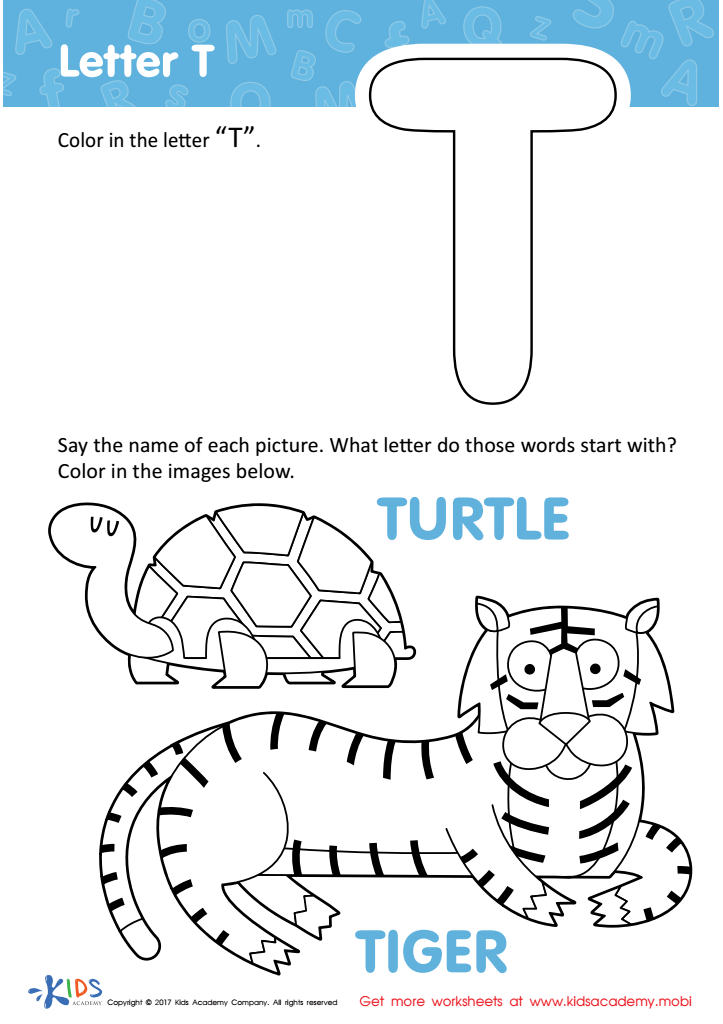

Letter T Coloring Sheet
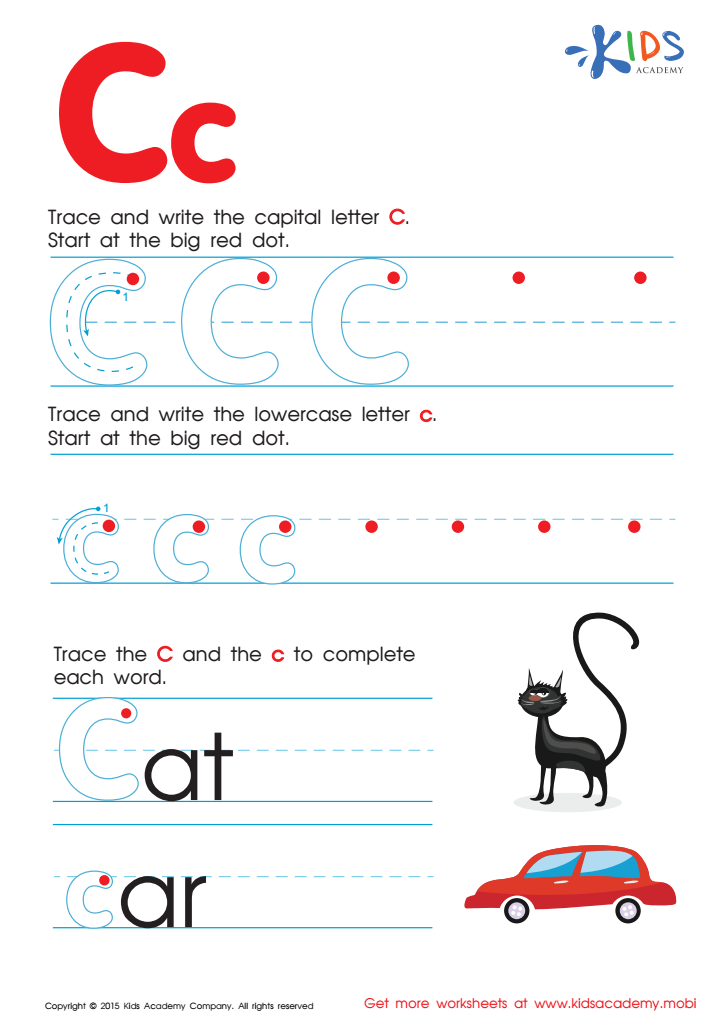

Letter C Tracing Page
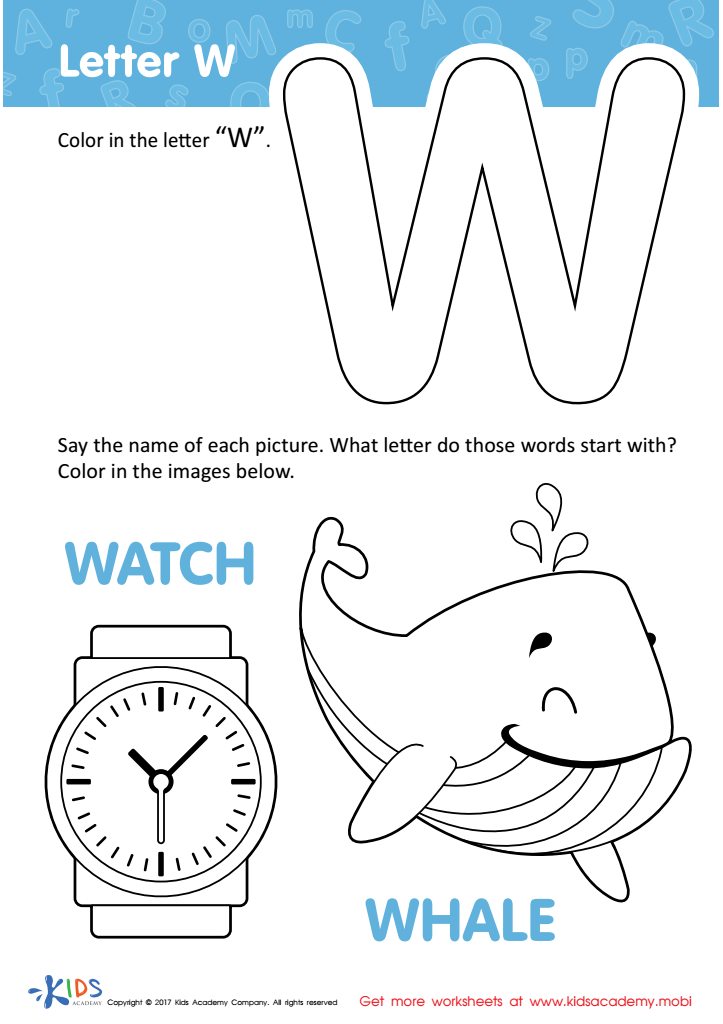

Letter W Coloring Sheet
Letter tracing skills are crucial for children aged 8-9 as they serve as foundational literacy skills that significantly influence academic success. At this developmental stage, students are transitioning from learning the basics of reading and writing to more complex literacy tasks. Proficient letter tracing not only enhances fine motor skills but also strengthens the cognitive connection between written symbols and their corresponding sounds and meanings.
Additionally, mastery of letter tracing helps reinforce proper letter formation, leading to more legible handwriting. This is important as neat handwriting can positively affect teachers' assessments of student work, ultimately impacting their confidence and self-esteem in academic settings. Improved handwriting techniques reduce frustration and promote clear expression of thoughts and ideas.
Moreover, letter tracing activities serve as engaging and interactive learning experiences. They can be seamlessly integrated with challenges in spelling, vocabulary, and grammar, making learning more enjoyable. Parents and teachers should prioritize letter tracing as it builds a critical basis for effective communication skills and fosters a love for reading and writing that can last a lifetime. Supporting children in developing these skills ultimately equips them with the tools needed for future academic and personal success.
 Assign to My Students
Assign to My Students







